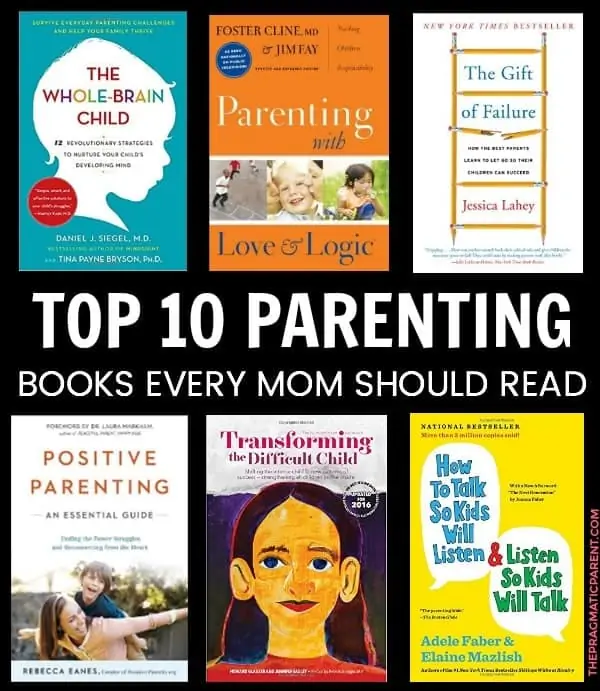Whether your child is just starting out in life or getting ready to head off for college, there are plenty of savings account options available that will help them reach their financial goals. Read on to learn more about the best savings account for kids.
The Best Savings Account For Kids
Saving money is an important life skill for kids to develop from a young age. With so many banks and savings accounts available, it can be overwhelming to decide which one is right for your child or teen. Teaching kids about how to properly manage their money is a life-long skill that’ll help them thrive for decades to come.
In this blog post, we’ll take a look at the different options and discuss the best savings accounts for kids of all ages. It’s time to grab those piggy banks (we’ve loved this digital piggy bank one because the kids track how much they have and we deposit it when it reaches a certain amount) and kid’s wallets and start investing now. We’ll also provide guidance on how to open these accounts and the amount of money needed to do so.
How to choose the right savings account for your kids
When choosing a savings account for your kids, there are a few key factors to keep in mind!
Look at the age requirements
Different banks have different age requirements for opening an account. Make sure to check with the bank before signing up, or look for accounts specifically designed for kids and teens.
Pick the right type of savings account
Different banks also offer different types of savings accounts. Some are designed to help kids save for college, while others are more flexible and can be used for daily purchases or saving up for a big purchase like a car. Make sure to pick the account that best suits your child’s needs.
Some of the common saving accounts offered are:
- High-Yield Savings Accounts: High-yield savings accounts offer higher interest rates than regular savings accounts, helping your child’s money grow faster. However, these types of accounts usually require a minimum balance to open and may have fees associated with them.
- No Minimum Balance Savings Accounts: These are ideal for kids who don’t have a lot of money to start out with. These accounts usually don’t require any minimum balance and have no associated fees.
- Online Savings Accounts: Online savings accounts are easy to manage from your computer or smartphone, and they often offer higher interest rates than traditional savings accounts.
What do the fees look like
Be sure to take a look at the fees associated with the account, as well as any other requirements like minimum balances or number of transactions. Sometimes, that can eat away at your savings if you’re not careful!
Potential bonuses or rewards
Finally, some banks offer bonuses or rewards for opening an account. This can be a great way to kickstart your child’s savings journey! For example, if you open a new account and add $100 within 30 days, the bank will match it.
How to open a savings account for your child
Once you’ve chosen the right savings account for your child, it’s time to open the account!
Most banks have online applications that make this process easy. You’ll need to provide some personal information, such as your child’s:
- Date of birth (or birth certificate)
- Social Security number
- Proof of address
- Passport
- State ID or Driver’s License (if eligible)
The amount of money needed to open the account will vary from bank to bank, but typically it is between $25 and $100.
From there, you can decide how much of an initial deposit you want to make. This will depend on the type of account and your child’s financial goals. Once the account is open and funded, it’s time to start teaching your child about budgeting, saving, and investing!
The Best Savings Accounts for Kids Under 18
Now, let’s take a look at some of the best savings accounts for kids! We’ll go over age requirements, how to open up an account, and what amount of money is needed to do so.
1) Capital One Kids Savings Account
The Capital One Kids Savings Account is one of the best savings accounts for kids under 18. It’s designed specifically for kids and teens, with no minimum age requirement or minimum balance necessary to open an account.
- Savings rate: 0.30% APY
- Monthly fees: No monthly or maintenance fees
- Minimum balance: $0
One of the great benefits of opening a Capital One savings account is that you can connect it to your personal account so you can transfer money easily and monitor your child’s balance.
Tip: If your kiddos accomplished their chores for the week and earned their allowance, you can schedule it out and make regular deposits into their savings account
2) USAlliance Financial’s MyLife Savings For Kids
USAlliance Financial’s MyLife Savings For Kids is a great account to open when your kids are very young. With no minimum age requirement, you can open an account for your child as soon as they’re born.
The account offers two main benefits: every year until the child turns 12, they will receive $10 in “birthday bucks,” and the first $500 in the account earns a competitive interest rate of 2%.
That’s really hard to beat!
- Savings rate: 2% APY on first $500 / 0.02% after $500
- Monthly fees: No monthly or maintenance fees
- Minimum balance: $0
This is a great option if you plan to use this savings account as a transition when your child becomes a teenager. You can keep it as a savings account or transition into a checking account with a debit card when they turn 13.
3) Northpointe Bank’s Kids Savings Account
This kid-friendly savings account is a bank based in Michigan but is available to anyone in the U.S. with no minimum age requirements to open an account. They are known to have a higher APY than most online-based savings accounts, which is greater over time.
- Savings rate: 1.12% – 1.50% APY
- Monthly fees: No monthly or maintenance fees
- Minimum balance: $0
Northpointe Bank offers a variety of online tools to help parents teach their children about budgeting, investing, and money management in general. They also offer a rewards program that parents can use to reward their children for reaching financial goals.
Note: They do require a small initial deposit of $10.
4) Wells Fargo Way2Save® Savings
The Wells Fargo Way2Save® Savings Account is a great option for kids who are just starting to learn how to save. The account is a great way to start saving for college and have access to banking tools to learn more about money.
One of the best features about this type of account is that your child can actually hold on to the account until they are 24 years old!
- Savings rate: 0.15% APY
- Monthly fees: No monthly or maintenance fees
- Minimum balance: $0
Note: This savings account has to be opened in person at the branch.
Tips on making saving money fun!
When you’re helping your kids start to save, it can be hard to keep them motivated and make saving money fun. Here are some tips to help with that:
Set goals together
Sit down with your child and come up with a goal. Maybe they want to save for a new bike or a vacation? Encourage them to start small and set attainable goals.
Make a chart
When your kids reach their savings goals, reward them! You can make a chart or game out of it to keep them motivated. For every milestone they hit, you can give them a sticker or treat to show your support.
Teach the basics of budgeting
Explain to your kids the basics of budgeting and how to set up a budget for themselves. You can also help them track their expenses with an app or spreadsheet. As they start to understand the importance of budgeting, it will become second nature, and they’ll be better prepared for life as an adult!
Do monthly check-ins
Finally, make sure to check in with your kids on their savings progress. You can have regular conversations about how they’re doing and what their goals are for the next month. This will help keep them on track and ensure that they stay motivated to reach their financial goals.
With these tips, you can help your child learn how to save and make it an enjoyable experience!
The Takeaway
Helping your kids learn to save and budget early on can be a great way to instill good money habits. With the right savings account, you can teach them how to save for short-term goals as well as long-term ones like college or retirement.
Start by researching different accounts and comparing fees, interest rates, and other features. Once you’ve chosen the right one, open it up and start teaching your child about budgeting and saving today!
Good luck!
*This post is meant to be informational only and not financial advice. Please consult with a qualified financial advisor before making any decisions about your finances.
Related Articles on The Pragmatic Parent:
- How To Teach Kids About Money At Any Age
- Being Present: A Guide to Creating Mindful Habits for Parents
- Cutting Back on Holidays: Make it a Christmas without a Pile of Presents
- 15 Tips for Throwing a Birthday Party on a Budget
- Navigating Puberty: Tween/Teen Hormonal, Physical, Emotional Changes
Want even more?
Shop All Parenting Resources
Shop all of our parenting resources from self-regulation tools and managing big emotions to building self esteem and confidence. There are resources for all seasons of life!









